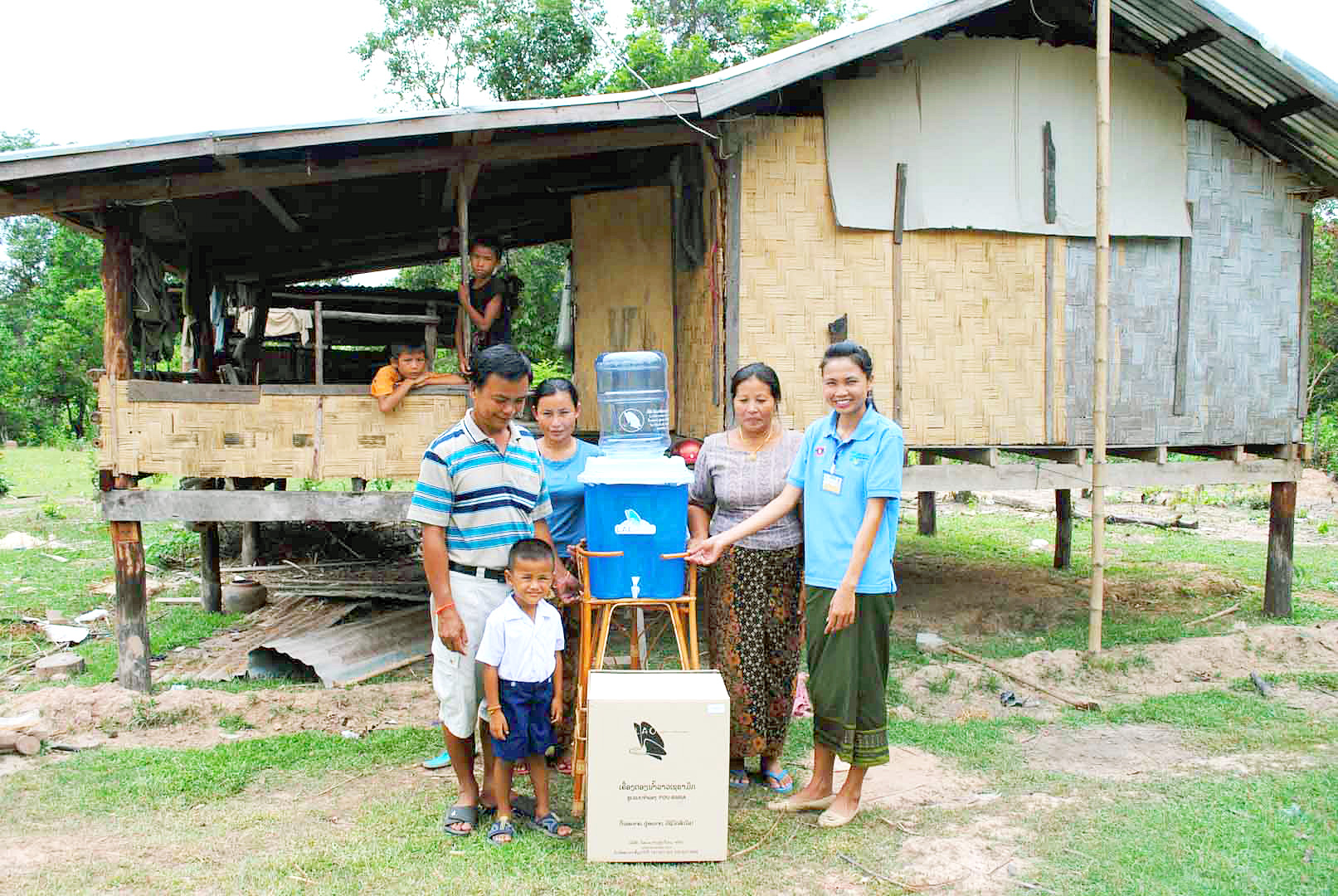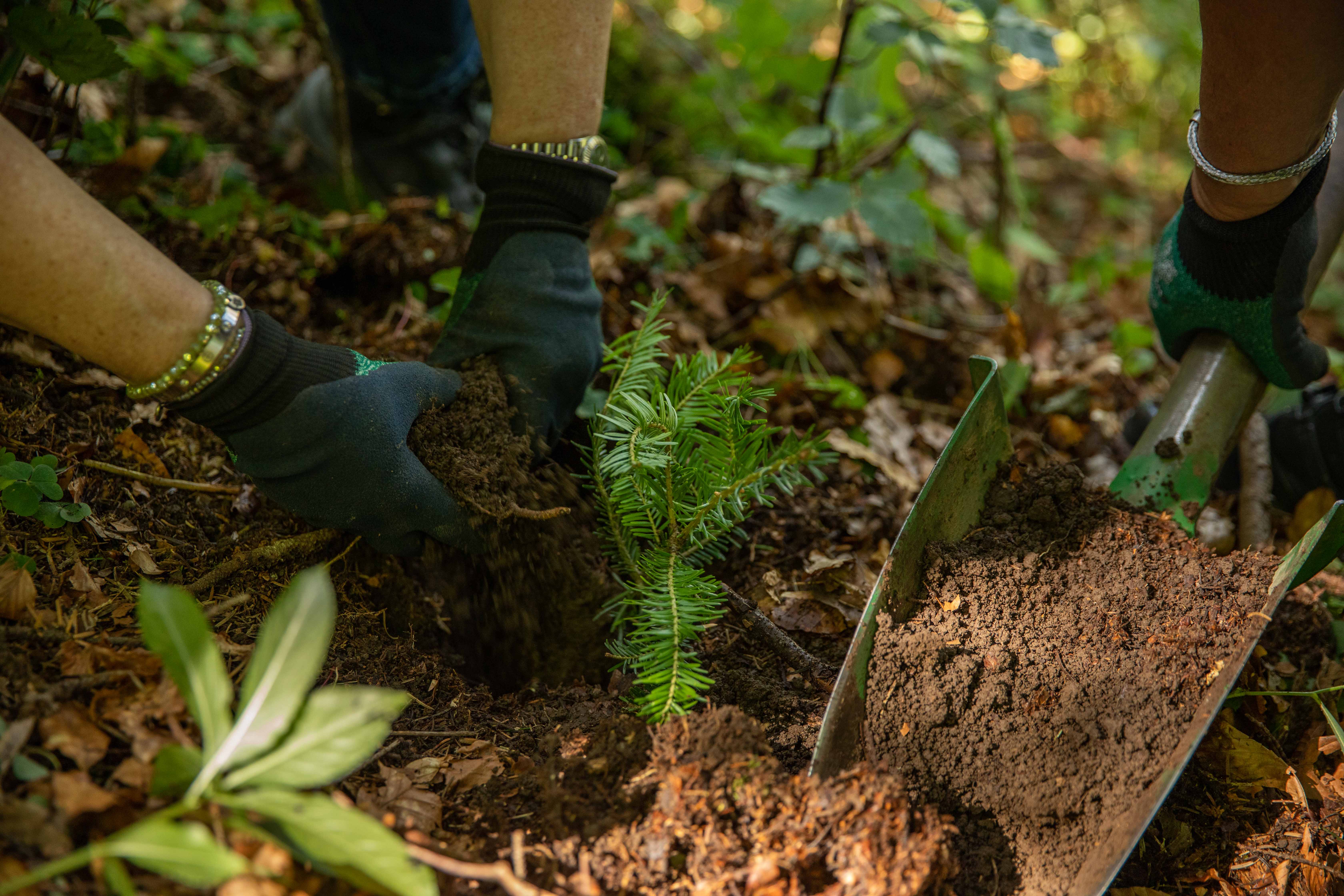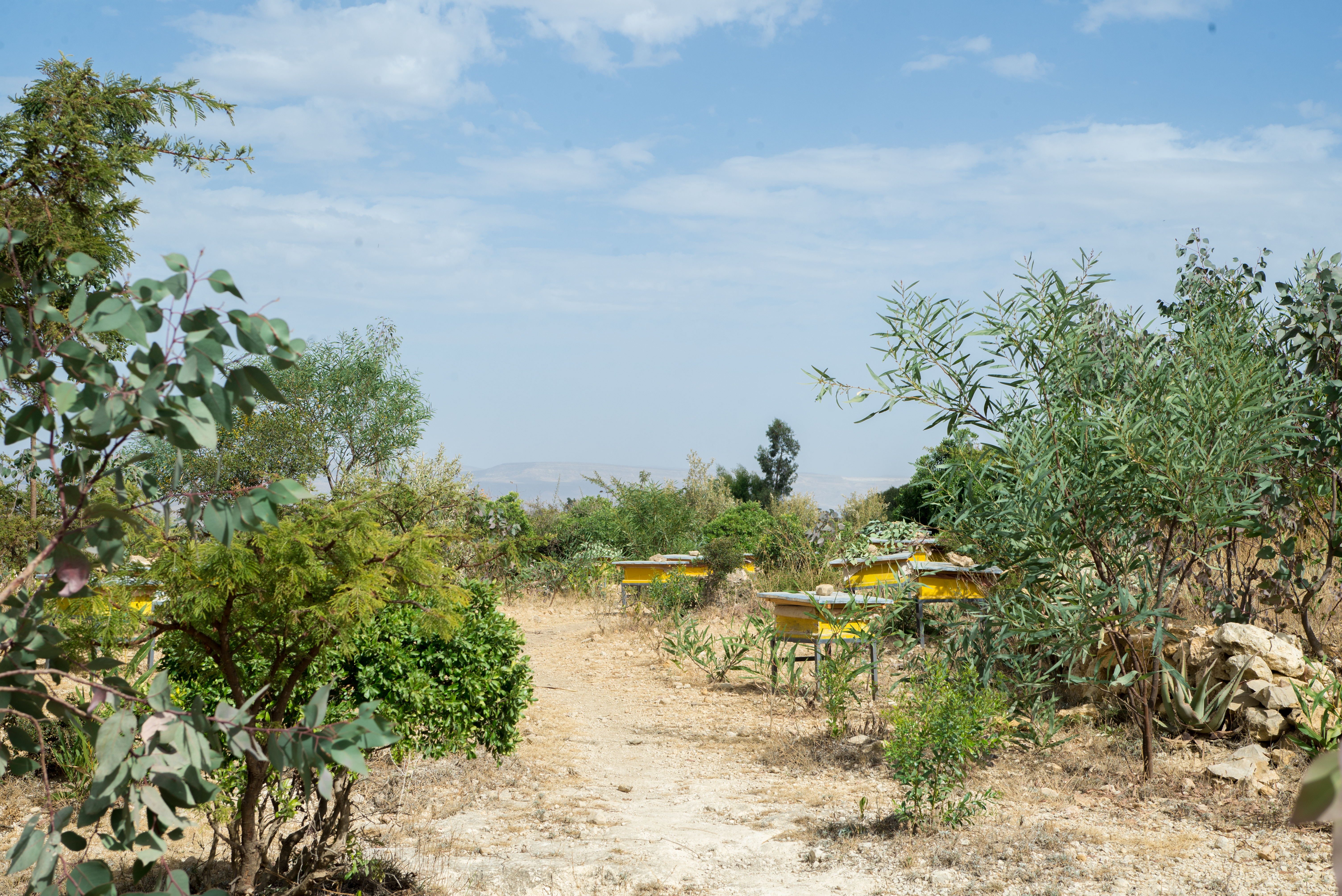Improved cookstoves - better for health and the environment
In Zambia, household air pollution is one of the biggest health risks. The reason for the pollution is often cooking over open fires. Only 17 percent of the population uses cookstoves, which is more efficient and better for human health and the climate. Therefore, this climate project distributes improved cookstoves in Zambia to households that use open wood fires as their energy source. Thereby, local jobs will be created and approximately 45,000 households per year will have access to an improved cookstove.
The improved cookstoves burn biomass fuels more efficiently, reducing greenhouse gas and particulate matter emissions. This saves approximately 429,490 tonnes of CO2 per year and significantly improves indoor air quality.


According to a statistic from the World Health Organization (WHO, 2024) around a third of the global population still relies on unsafe and environmentally harmful cooking methods. This includes, for example, cooking over open fires or using polluting cooking fuels, such as coal or kerosene. Improved cookstoves tackle this problem by using thermal energy more efficiently.
Depending on the model, an improved cookstove can reduce fuel consumption by up to 70 percent, which significantly saves CO2 emissions and can lower the pressure on local forests as less firewood needs to be harvested.
Improved cookstove projects allow the distribution of the - often simple - devices made from metal or clay to households, small enterprises or community facilities. Especially for households, this has an impact beyond the CO2 reduction: better indoor air quality decreases respiratory diseases and families can save time and money as less fuel is needed. Improved cookstoves projects in the ClimatePartner portfolio are registered with international standards.
Explore our projects
Biochar for Climate Action, Healthy Soils, and Better Harvests

A certified climate project combined with additional commitment

Expansion of renewable energy generation in Asia

Ceramic water filters save CO2 and improve health

Improved cookstoves worldwide – for better health and cleaner air

A certified climate project combined with additional commitment

Powering access to renewable energy in Africa

A certified climate project combined with additional commitment

Restored ecosystems remove carbon

Turning degraded farmlands into healthy ecosystems






























